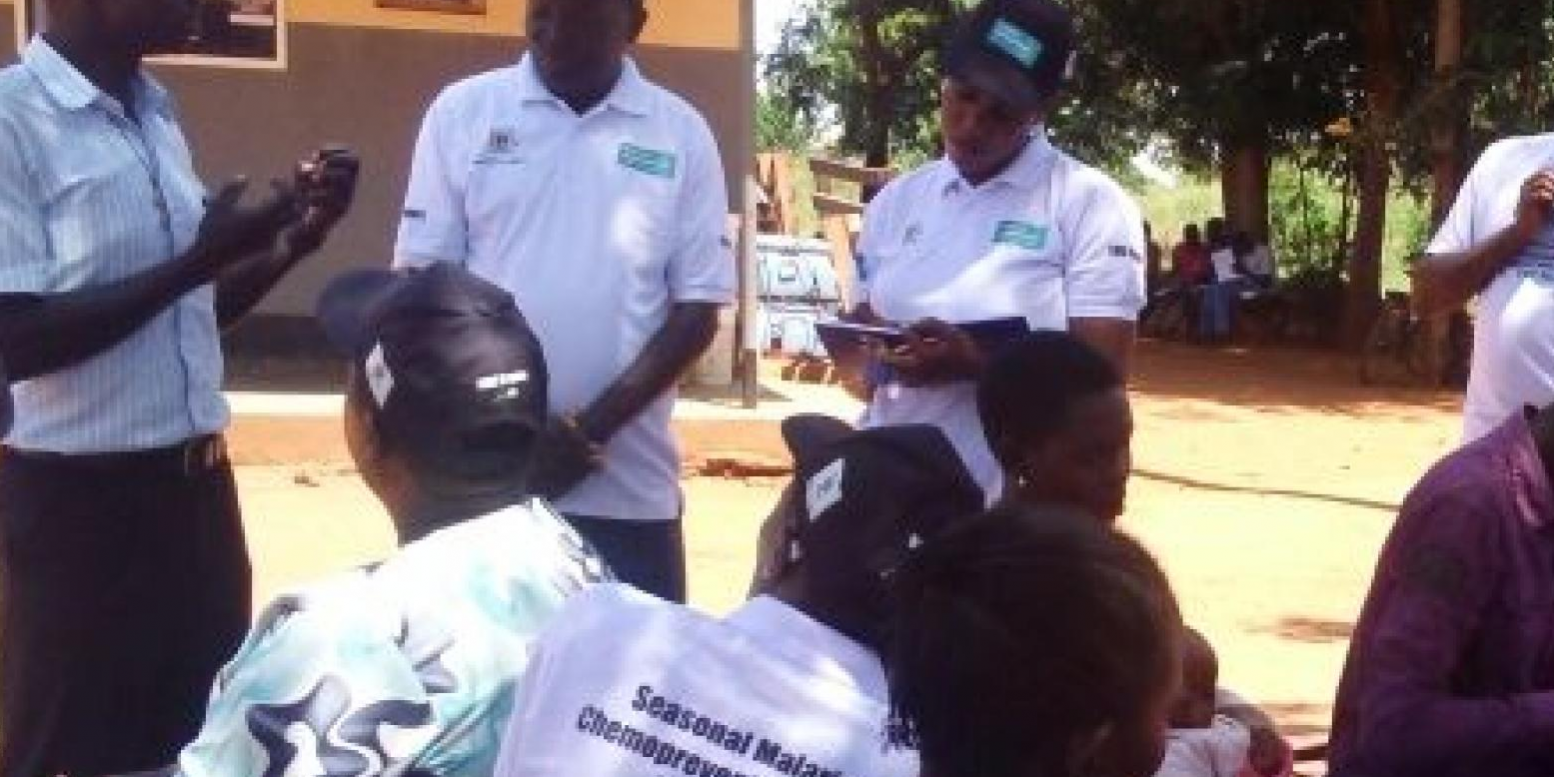By May 6, 2021, seasonal malaria chemoprevention was made available to children younger than 5 years in Karamoja through a project implemented by the Malaria Consortium with the assistance of Village Health Teams (VHTs) moving around from door to door to deliver medicines to the children.
About two years later there is optimism in the districts of Napak and Moroto that malaria can be defeated in an area with a high malaria prevalence among a nomadic community. Malaria prevalence in the Karamoja region is one of the highest in the country, above the Uganda Malaria Reduction Strategic Plan (UMRSP) target of 7%.
The Malaria Consortium project has been rolling out Seasonal Malaria Chemoprevention (SMC) giving children sulfadoxine–pyrimethamine and amodiaquine (SPAQ), which acts as prophylaxis to prevent malaria disease.
Dr Anthony Nuwa, the country technical coordinator for Malaria consortium says they have rolled out the exercise to distribute medicines to 35,000 children aged five years and below in Napak district. The medicines SPAQ are being distributed as monthly doses from May to September this year for the first round as they assess the situation.
The World health Organisation (WHO) recommends SMC as the intermittent administration of full treatment courses of an antimalarial medicine (SPAQ) for children aged 3–59 months, given in monthly cycles during the season of highest malaria transmission. WHO estimates that this can prevent around 75% of malaria cases in children younger than 5 years.
It is also a safe and cost-effective strategy that can be easily administered by health workers and caregivers at the community level.
Timothy Teko, the Napak District Health Officer noted that Chemoprevention has played a very important role in extending the malaria prevention measures to the grass root level and this has resulted in rapid reduction in the infections. Malaria chart reviews in some health centres show that the malaria incidence has declined by up to 50 percent.
Teko said that the program has covered 98 percent of the beneficiaries from the sub counties of Iriiri, Lokopo, Matany and Lotome, which had a high burden of malaria. He recalled that the district used to grapple with high cases of malaria patients who were enrolled into different health facilities for treatment.
He said there is a need to extend the program for three or more years so that they are able to achieve the total reduction of malaria causes in the communities.
Mary Longira, a health worker at Lokiteded health centre II in Matany Sub County says before the Malaria Consortium project, 4 patients out of 10 who reported to health facilities used to test positive for Malaria. But since SMC was initiated, the health centre can spend a day without registering a malaria case and people are doing better in their households.
She appealed to authorities to continue with the project and also enroll children above five years because the burden has shifted to this age group and there is no intervention to prevent malaria among them.
Christine Apolot, the deputy chairperson of Uganda Parliamentary Forum for Malaria observed that the preventive approach has yielded results as malaria cases have reduced among the young children. Apolot appealed to the stakeholders especially the parliament of Uganda to support the fight against malaria by increasing budget allocation for the disease, which is a noble cause based on the better performance on the ground.
Apolot noted that besides the SMC interventions, there is a need to try out other alternatives such as indoors residential spraying, mosquito net distribution and sensitizing the communities to clear bushes around their compounds to break the breeding cycle of mosquitoes.
The project that was launched in 2022 is being implemented by the Malaria Consortium. However, despite the interventions provided by Malaria consortium through the Seasonal Malaria Chemo preventive measures, the burden of malaria in young infants is still high in Moroto district.
Dr James Lemukol, the Moroto District Health Officer noted that at least 46 percent of the patients who go to the health facilities test positive of malaria. Lemukol observed that the malaria trend for Moroto district has changed with unpredictable patterns because the health facilities are crowded with patients throughout the year.
He also said that efforts to eradicate malaria in the district have been frustrated by the migration of people who move and settle to places which are far away from the health facilities.
About 23 sub counties in the whole of Karamoja sub region still lack health facilities and so access to health services remains the biggest challenge to the population.
Also read: Karamojong people embrace malaria chemoprevention



